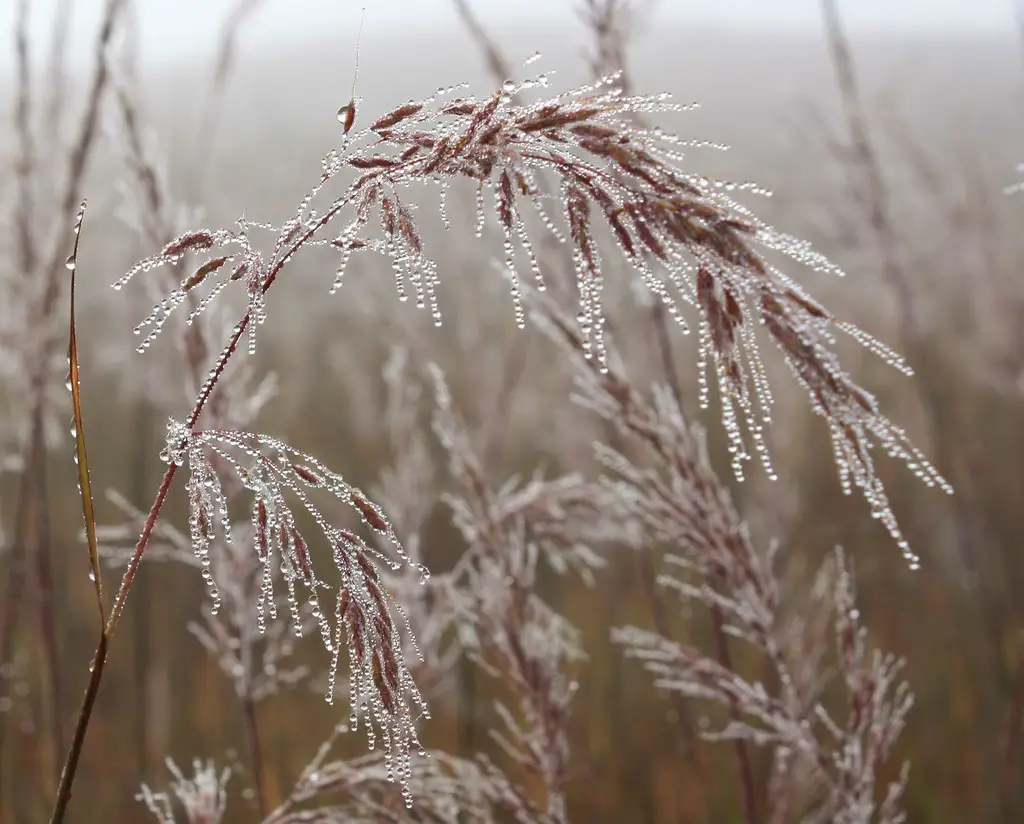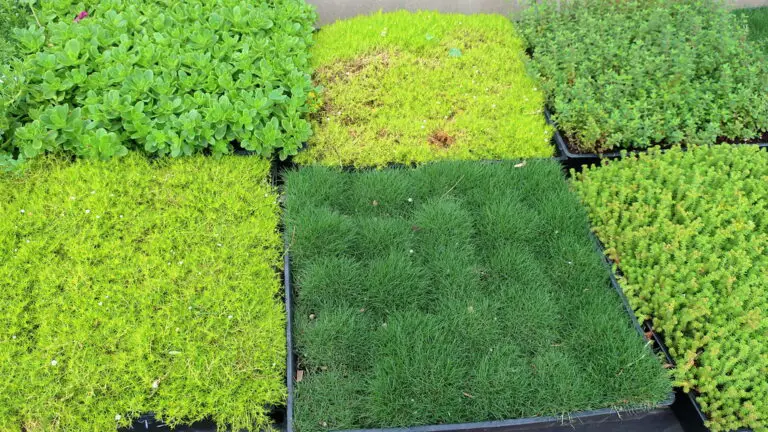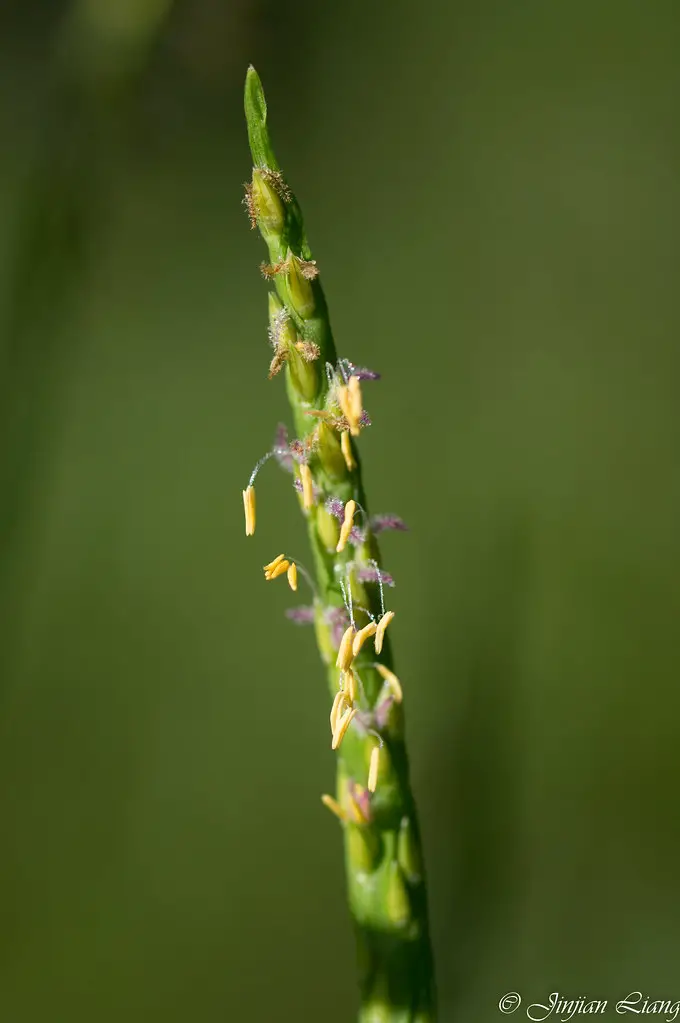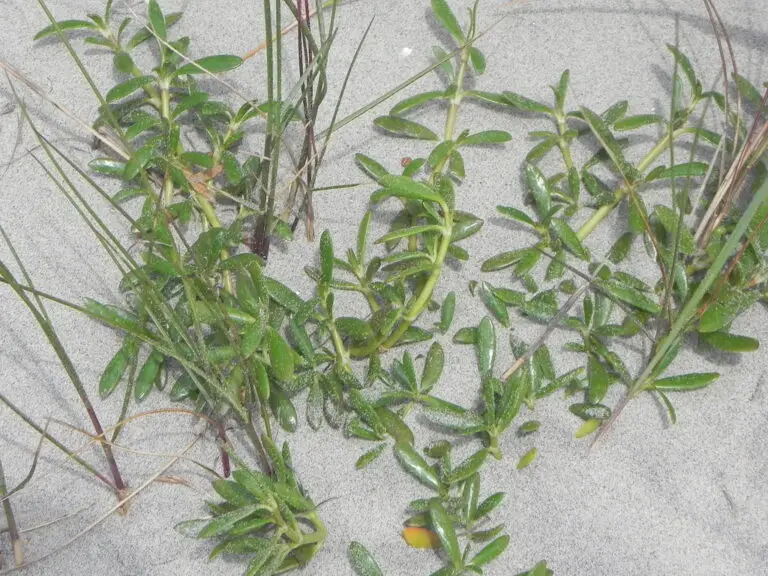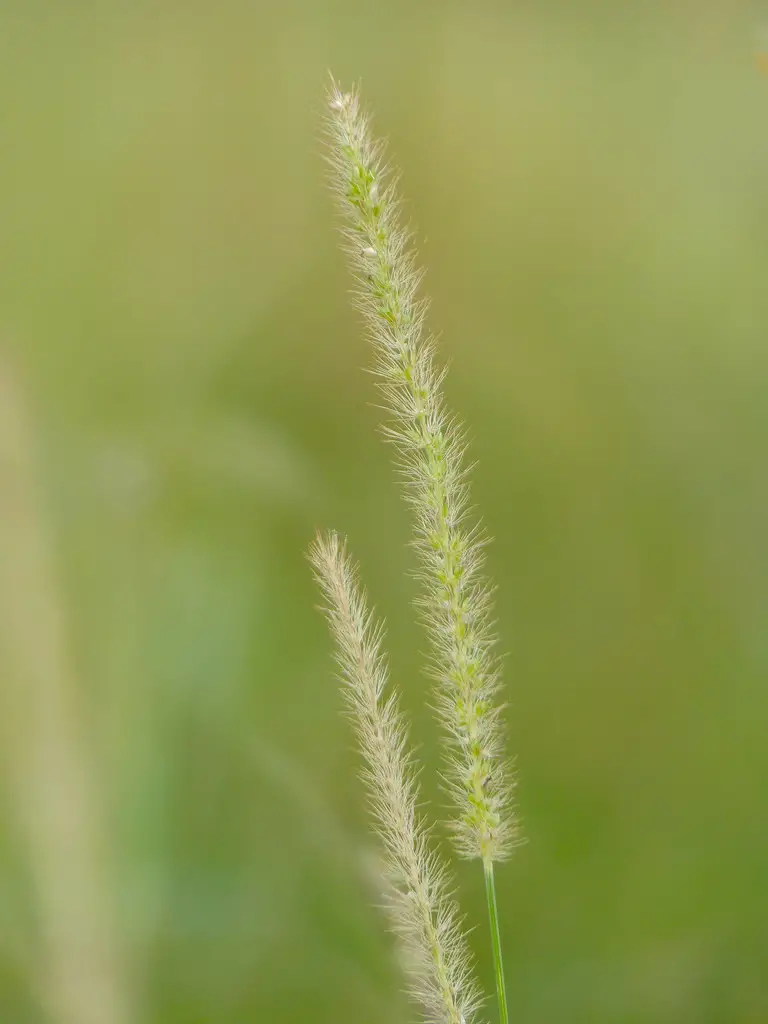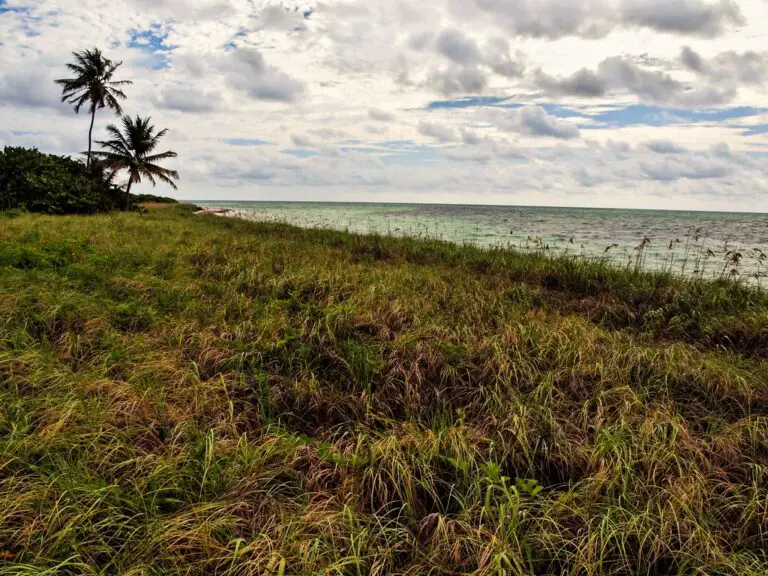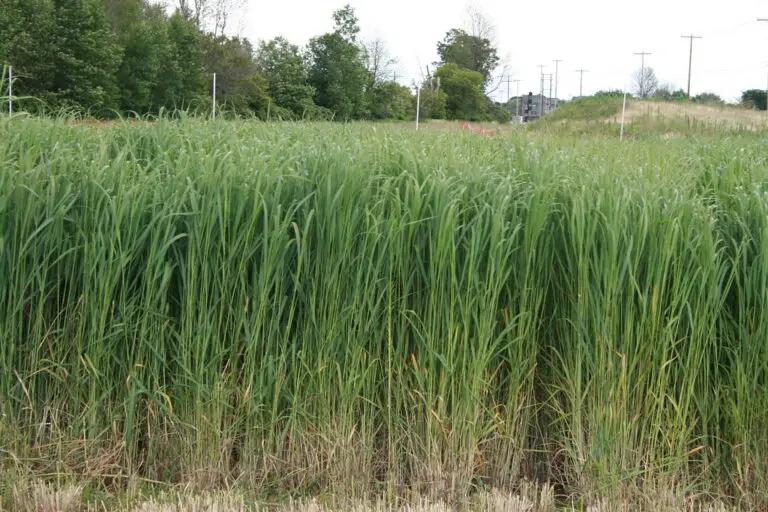Indian Grass: Embracing Native Beauty in Garden Enthusiasts’ Sanctuaries
The allure of a garden lies not just in its aesthetic charm but in the stories it gracefully unravels as each plant grows, as the seasons change. For garden enthusiasts, creating a green haven isn’t just about assembling pretty flowers. It’s about weaving a narrative that is as much a reflection of the gardener’s heart as it is an ecological tale of survival and mutual support among plants, wildlife, and the environment. One hero in this narrative often overlooked is the Indian Grass, contributing to a sustainable and thriving ecology right within our gardening spaces.
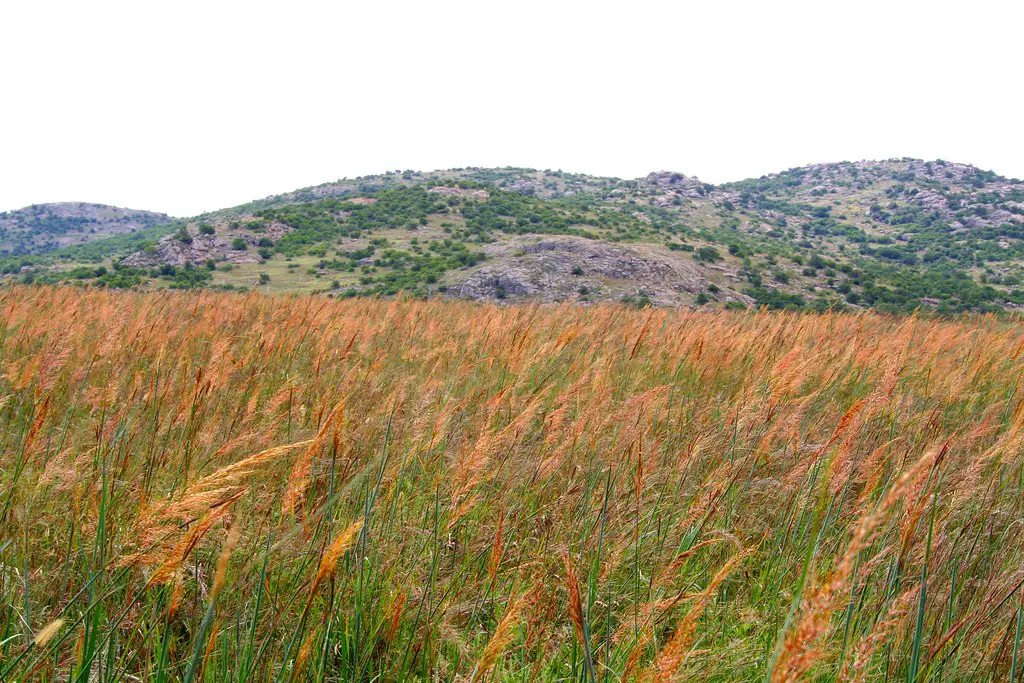
Understanding Indian Grass
Indian Grass, scientifically known as Sorghastrum nutans, is a native perennial, warm-season bunchgrass that can grow up to 6 feet tall. Its botanical and natural charm is complemented by its historical role in native American cultures where it was used for weaving, and the modern-day significance it carries in rewilding efforts across North America.
Native Habitat and Characteristics
Found abundantly in the prairies and meadows of central and eastern North America, Indian Grass thrives in a variety of soil types but is particularly famed for its resilience in dry and drought-prone landscapes. Its characteristic golden-hued panicles in late summer and fall make it a standout seasonal spectacle.
Benefits of Indian Grass in Gardens
Integrating Indian Grass into your garden offers a plethora of benefits, not just for the aesthetics, but for the overall health of your garden ecosystem.
Drought Tolerance and Low Maintenance
In an age where water conservation and sustainable gardening practices are paramount, Indian Grass stands out as a poster child for hardiness. It requires minimal to no irrigation once established, reducing water consumption significantly.
Wildlife Attraction and Biodiversity Support
The cascade of Indian Grass serves as a veritable banquet to a variety of birds and insects. From sparrows to butterflies, the grass’s seeds and structure provide food, shelter, and a vital ecosystem-building block.
Cultivating Indian Grass
To bring the Indian Grass into your garden sanctuary, you need an understanding of its fundamental requirements and care.
Soil and Sunlight Requirements
Indian Grass thrives in loamy, well-drained soil. It’s not overly choiceful about its habitat and can adapt to a wide range of pH levels. Full sun, however, is non-negotiable for this sun-worshipping beauty.
Planting and Care Tips
For a successful cultivation, plant Indian Grass in the spring or fall, water until established, and then step back. It’s deeply rooted and doesn’t take to transplanting well, so choose the planting spot wisely.
Design Ideas Incorporating Indian Grass
The versatility of Indian Grass in garden design is as diverse as the landscapes it hails from.
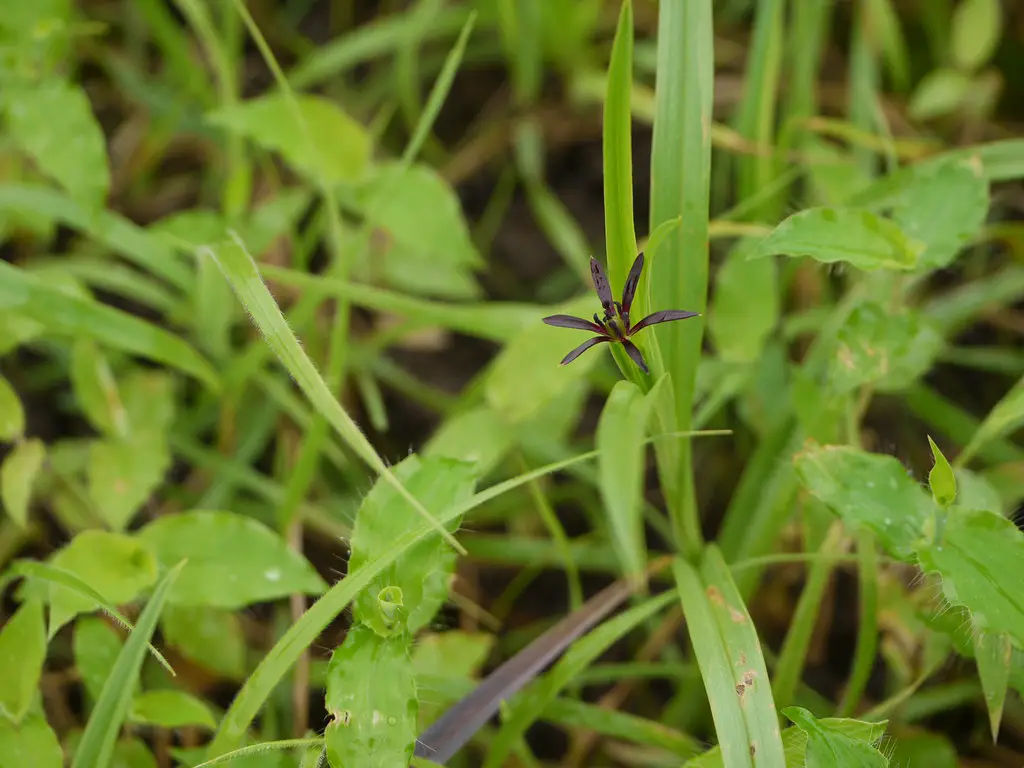
Border Plantings
Indian Grass makes for a striking border with its golden plumes waving in the breeze. Their tall, vertical lines act as a natural screen that offers privacy and subtle delineation.
Mixed Perennial Beds
Paired with a variety of flowering perennials, Indian Grass provides a dynamic backdrop, bringing layers of texture and movement to your garden design.
Naturalistic Landscaping
In a naturalistic design, Indian Grass is a key feature that anchors the wild appeal with its strong native character and low-maintenance needs.
Sustainable Gardening Practices with Indian Grass
The use of Indian Grass also dovetails beautifully with sustainable gardening practices.
Water Conservation
By promoting the growth of native grasses like Indian Grass, gardeners can significantly reduce their reliance on irrigation systems, conserving precious water resources without sacrificing on lushness and beauty.
Native Plant Promotion
There is a growing understanding and appreciation for native plants and the role they play in supporting local ecosystems. Indian Grass, with its robust nature and benefits to local wildlife, is but a stepping stone in a larger movement to promote the planting of indigenous flora in gardens.
Nurturing a Garden that Echoes the Wild
Gardens are sanctuaries for both humans and wildlife, a shared space celebrating the interplay of natural elements. With Indian Grass, gardeners can transform their spaces into arenas of life and activity, all the while contributing to the support and sustenance of indigenous flora and fauna.
Incorporating Indian Grass is a small step with a lasting impact. It’s a commitment to a gardening style that echoes conservation and celebrates the beauty of local environs. As gardeners, we are stewards of our slice of the earth, and each choice we make in our gardens ripples out into the larger tapestry of our shared natural world.
Take the leap. Plant Indian Grass and witness the transformation as your garden evolves, not just in the way it looks, but in the life it invites, the stories it tells, and the legacy it leaves.

